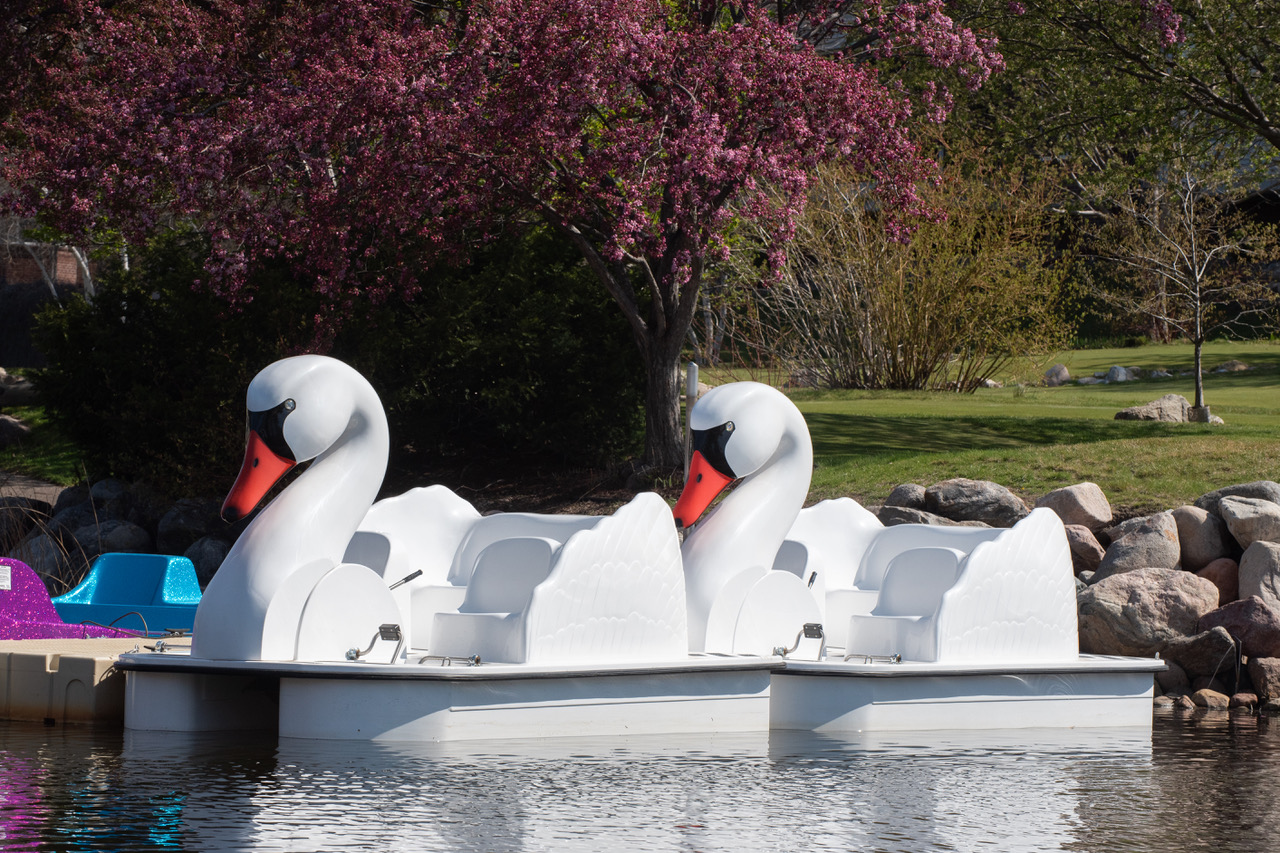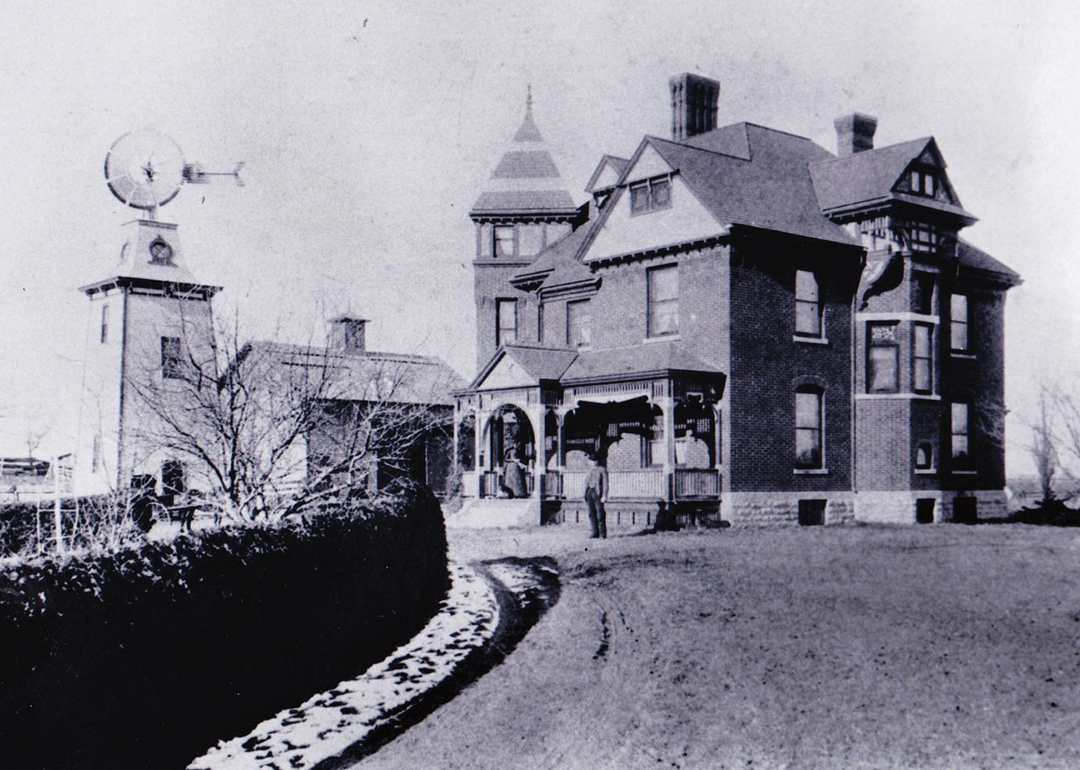
Photo: Chris Emeott
Leslie Granbeck is a teaching artist and felt maker in her own right, leading many classes year-round in the metro area including at the Edina Art Center.
With classes for young children to family programs to advanced courses, there’s something for everyone at the Edina Art Center (EAC). The EAC also offers free community events, such as its monthly author series and juried exhibitions—both of which occur this month.
For insight into how the EAC supports local artists, we feature a few here with different backgrounds, ages and specialties: Blake Stolpestad, Holly Stone, Dee Kotaska
Be inspired!
Leslie Granbeck says fiber arts are in her DNA. Her mother was an incredible knitter and Granbeck grew up around skeins of yarn and handmade sweaters. So, although she never learned to knit, which she now regrets, Granbeck has always had an appreciation for the art of creating beautiful and functional art.
After dabbling in quilting and jewelry making, Granbeck says she took a class about how to make fiber art beads to incorporate into jewelry pieces. She later learned how to make two felted scarves in a day. The instructor was a woman who has a small sheep farm just outside the metro area. “It was fascinating,” Granbeck says. “I was drawn in,” when she learned she need not use exotic beads from around the globe to make jewelry. Felt beads could be made locally.
“The technique is ancient,” says Granbeck. “[Felt] has been found in boots and clothing from over 4,000 years ago. We’ve turned it into an art form [in the U.S.] but in many places in the world, [felting] is still a very functional technique.”
Granbeck has become a teaching artist and felt maker in her own right, leading many classes year-round in the metro area including at the EAC. She makes scarves, jackets, slippers, bowls and everything in between including felt flowers and table runners. Her favorite projects are vessels like bowls and vases.
Felting begins with sheep, although most any animal fiber will felt. The process can be scientific if you want to study specific sheep breeds and types of wool. Or, felting can be liberating if you just want to have fun with it since it’s a fairly forgiving process, according to Granbeck. She lays out the wool using a method called shingling. She adds warm, soapy water to the layers, causing the fibers to puff up. Then she rubs or rolls the fibers to lock their scales together and create felt. The next step is shrinking and then rinsing, then you’re done! “You can make a [felt] tote bag in a day,” Granbeck says.
The ease and speed of learning and creating is what appeals to many people. “It’s magical to transform a pile of loose fibers into an object of beauty and function,” Granbeck says. We agree. Check out Granbeck’s class schedule at the EAC for October and November at edinamn.gov/150/art-center.






















